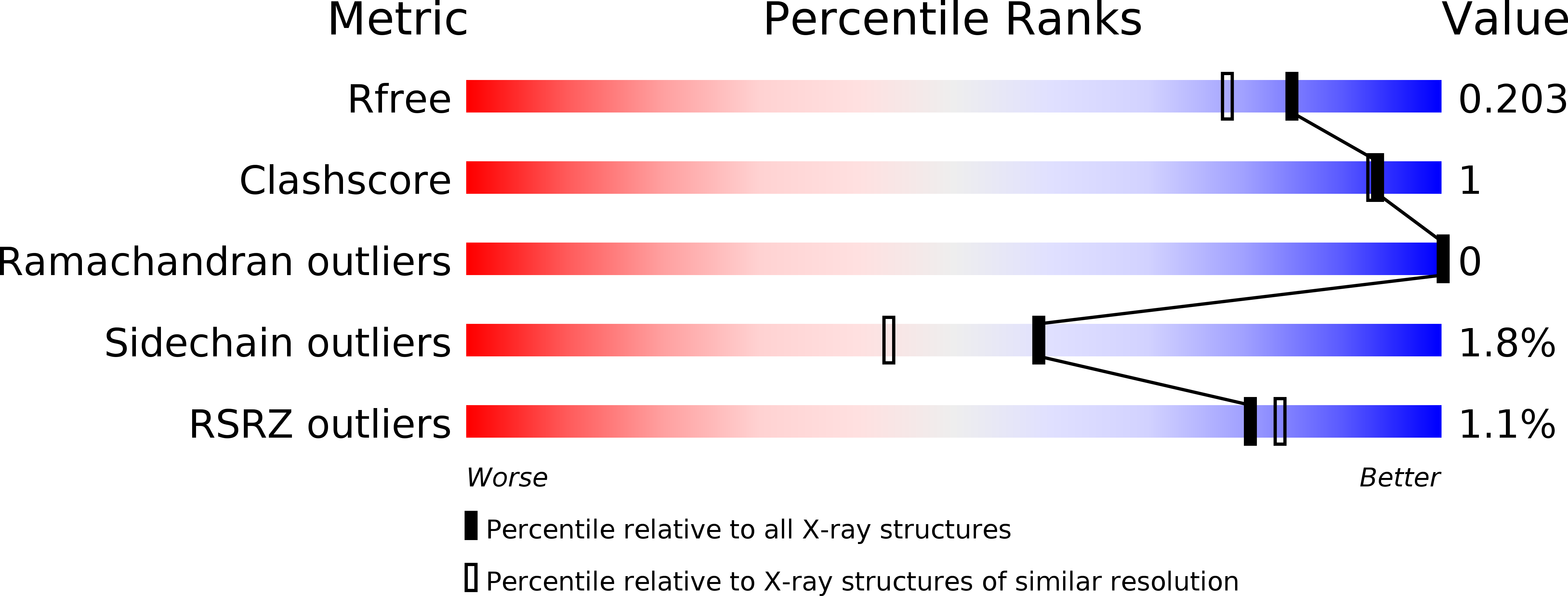
Deposition Date
2018-08-27
Release Date
2019-09-04
Last Version Date
2024-03-13
Entry Detail
PDB ID:
6MAB
Keywords:
Title:
1.7A resolution structure of RsbU from Chlamydia trachomatis (periplasmic domain)
Biological Source:
Source Organism:
Chlamydia trachomatis serovar L2 (Taxon ID: 471472)
Host Organism:
Method Details:
Experimental Method:
Resolution:
1.70 Å
R-Value Free:
0.19
R-Value Work:
0.16
R-Value Observed:
0.16
Space Group:
I 4


